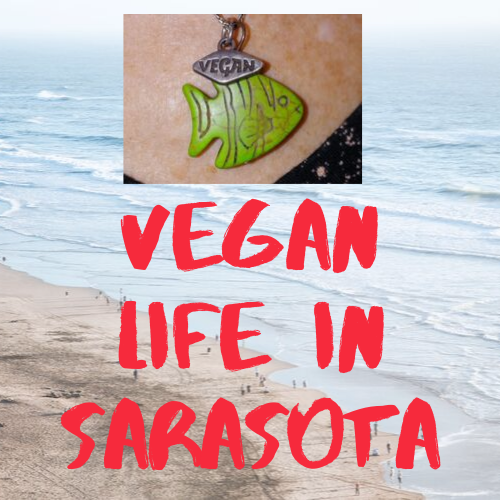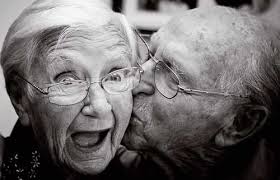Vegan Life in Sarasota, FL

Vegan goes mainstream. I’m always willing to try the latest food craze, and my interest was on high alert when I met Chantal; a petite woman with a T-shirt proudly displaying VEGAN on the front. (She made it.) We made plans to meet for lunch at a later date where I would pick her brain about […]
What Killed Bill Paxton?

What killed Bill Paxton by Terry Ryan Bill Paxton, 61, actor, father, and husband, passed away Saturday, February 25, 2017 due to complications from surgery. He underwent heart surgery and suffered a stroke afterwards. (Source: TMZ) Potential Complications During and After Heart Surgery Some of the more common complications of heart surgery are routinely dealt […]
Where Do People Live The Longest?

Where do people live the longest? If you watched the CNN report on Sunday, March 15, 2015, you would have seen the show called The Blue Zones. It was based on the book with the same name by author Dan Buettner. “People in the Blue Zones reach age 100 at 10 times the average rate. […]